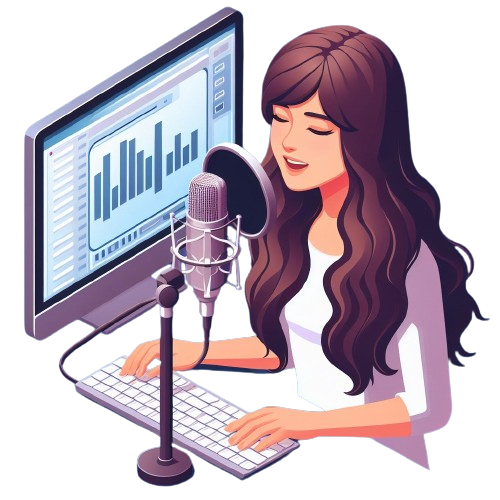⚡Quick Answer: AI-generated music is created by training a machine-learning model on a dataset of music. The model learns the patterns and structures in the music and then generates new, original compositions.
This process involves selecting a suitable dataset, choosing and training a model, and finally generating and refining the music.
Alternatively, you can use AI music generators.
How To Make AI Music?
Creating music is a complex process that requires a good understanding of melody, rhythm, and harmony. Traditionally, this has been the domain of human composers. However, with the advent of AI, it’s now possible to automate this process.
The challenge lies in effectively training an AI model to understand and replicate the intricacies of music composition, and in doing so, generate music that is both original and pleasing to the ear.
Popular AI Music Generators
AI-powered music-creating tools have made significant progress recently, offering impressive end quality and speed in generating music. These tools utilize advanced algorithms and ML techniques to analyze vast amounts of musical data and generate compositions that rival those produced by humans.
Here are some of the most popular AI music generators:
Implementation
AI music generation tools utilize deep learning algorithms and neural networks to analyze vast amounts of musical data. These algorithms learn patterns, structures, and styles from existing music and generate new compositions based on this knowledge.
Here is an example of creating AI Music using the Soundful AI tool:
- Sign up: Create an account, log in, and access the Soundful dashboard. Here you can browse through global tracks and templates.
- Create new track: Click on the red circle on the bottom panel to create a new track. Users can create tracks similar to existing tracks, or also create a new loop.
- Choose a genre: Select a genre by scrolling through the genre categories.
- Customize your music: There are plenty of templates under every genre. You can customize the speed and key, and set a track name.
- Preview and save: Click on Create Preview. Now you can listen to the track you just created. You can tweak the speed and key of the already generated track. Click on Save to save the sample to your library.
Following similar simple steps, you can use other alternative AI tools to generate AI tracks and songs.
It is worth noting that modern-day AI technologies are also capable of creating music from text, images, and videos. These methods are known as Text-to-Music and Image/Video-to-Music generations.
AI tools such as Melobytes are able to make music from images. With the help of AI technology, such software recognizes objects, scenes, and texts in your photographs and generates a song.
Some AI tools like Voicemod and Junia enable users to create songs from text using a range of styles and genres. Voicemod can convert written text into natural-sounding vocals using a range of voice modulation techniques.
Brief Summary
Creating AI music has become more accessible and exciting with the advancements in artificial intelligence. AI music generation tools analyze vast amounts of musical data and compose original compositions.
These AI-powered tools offer customization options, allowing users to define style, mood, and tempo parameters. By following the simple steps outlined in this article and using popular AI tools, anyone can generate AI music.
AI music generation opens up new possibilities for musicians, content creators, and enthusiasts to explore and experiment with music in a unique and effortless way.

